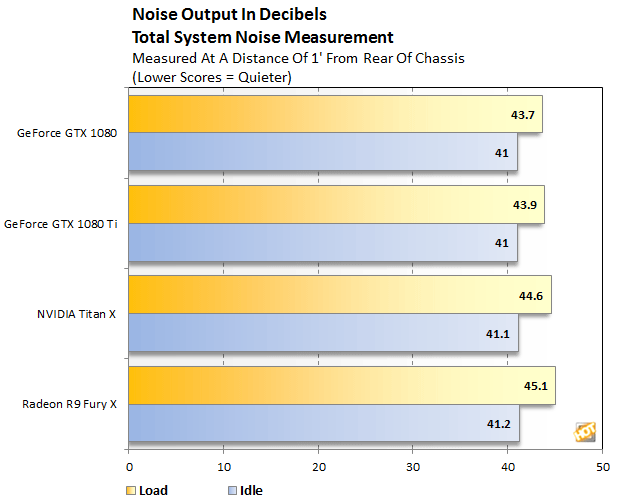NVIDIA GeForce GTX 1080 Ti Review - The Fastest Gaming Graphics Card Yet
We also spent a little time overclocking the new GeForce GTX 1080 Ti, to see what kind of additional performance it had lurking under its hood. NVIDIA CEO Jen-Hsun Huang claimed 1080 Ti cards could achieve roughly 2GHz GPU clocks with a little tweaking, so that's what we shot for here...
EVGA's Precision XOC tweaking utility already supports the GeForce GTX 1080 Ti, so we used it to alter the frequency offset and power / temperature targets with our card. First we cranked up the power target to 120% and also kicked up the temperature target to 90 degrees. Then we bumped up the GPU and memory clocks until the test system was no longer stable or we saw visual anomalies on-screen.
Ultimately, we saw a peak GPU clock of 1,999MHz with a 5,643MHz memory clock (effective speed 11.3Gbps). Considering how fast the memory is clocked on the GeForce GTX 1080 Ti by default, and that the GP102 GPU is a much larger, more complex chip, that requires more power than the smaller GP104 used on standard GeForce GTX 1080 cards, these results are nothing short of impressive. They also happen to be right in-line with Jen-Hsun's claims -- we're not going to quibble over 1MHz.


|
|
|

Due to its higher core and memory clocks, the GeForce GTX 1080 Ti consumed somewhat more power than the Titan X, and just barely surpassed the Radeon R9 Fury X under load. Idle power consumption is lower with the GTX 1080 Ti, however. While we're on the subject of idle power consumption, we should note that we updated our test system with a Core i7-6900K (which replaced the 5960X we had been using) and left XMP enabled to maximize memory performance. Those two changes result in increased idle power consumption versus our previous setup.
We should also mention that temperatures on the GeForce GTX 1080 Ti are a non-issue. At idle, the card's GPU hovered in the upper-30 degree range. And under sustained load the GPU temperature usually hovers right around the default target. While overclocked though, the GPU temperature peaked at around 87'C, which is slightly lower than the 90'C peak target we had selected.

In terms of its noise output, we'd consider the GeForce GTX 1080 Ti to be quiet, but our test system produced somewhat more noise with it installed versus the standard GeForce GTX 1080. When idling the numbers looked identical, but under load, the system with the Ti installed was slightly louder than the 1080. It was, however, quieter than the Titan X and Fury X.
We should note, however, that much of the additional noise under load in this graph can be attributed to our test system's PSU and CPU cooler. All of these graphics cards are relatively quiet under load, especially if you test inside a chassis like we do. Although NVIDIA claimed the GeForce GTX 1080 Ti was quieter than the 1080 during its initial announcement, that's not quite what we saw, but the difference is minimal and can likely be attributed to our choice of PSU and CPU cooler. The GeForce GTX 1080 Ti is still a darn quiet card, especially considering its performance. Check out the video embedded in the first page if you'd like to hear the card for yourself.







